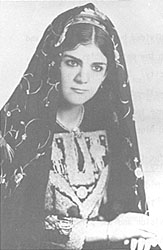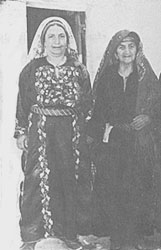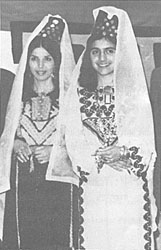|
Chapter 18 In 1967, the war between Israel and the Arabs scattered hundreds of thousands of Palestinian Arabs out of the West Bank into exile. Of these, some made their way to the United States, many families finding homes in Cleveland. The majority of these new arrivals were Muslims from El-Bireh, the twin city of Ramallah, some of whose inhabitants had established homes and businesses in Cleveland years before. The new Palestinian arrivals found jobs in semi-skilled categories, or opened small grocery stores. A few who were in the medical professions found openings in Cleveland hospitals. This second immigration into Cleveland and other major American cities, unlike the first great wave of the 1890's was begun out of necessity, not by choice. Those Lebanese-Syrian peasants who had come in the earliest years were for the most part fleeing a hopeless future in the mother country. Their love and attachment to the land was a sentimental one of family roots, yet they recognized that the land was not theirs to govern. The second wave, following the wars of 1948 and 1967 was fiercely national�istic, determined to win their country back, and unwilling to swear first allegiance to any except their occupied country. More than eighty years had changed the Middle East, and the new arrivals were far better educated than the first great wave, immersed in the world's events, and unintimidated by the American way of life.
|


